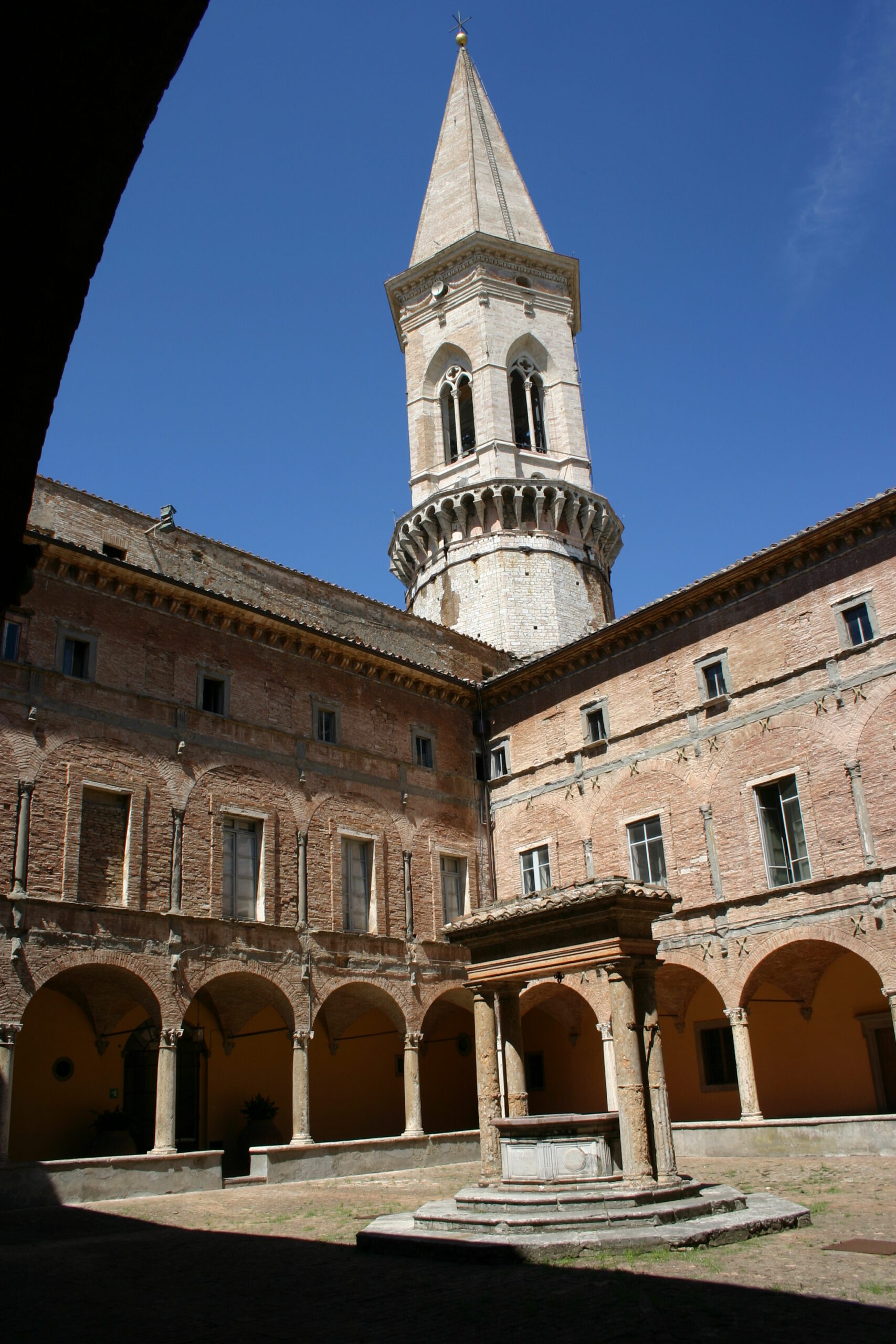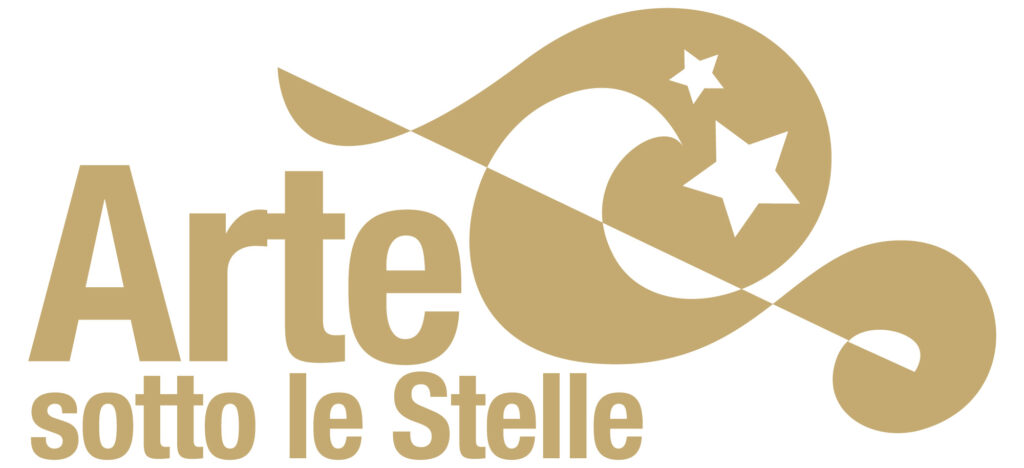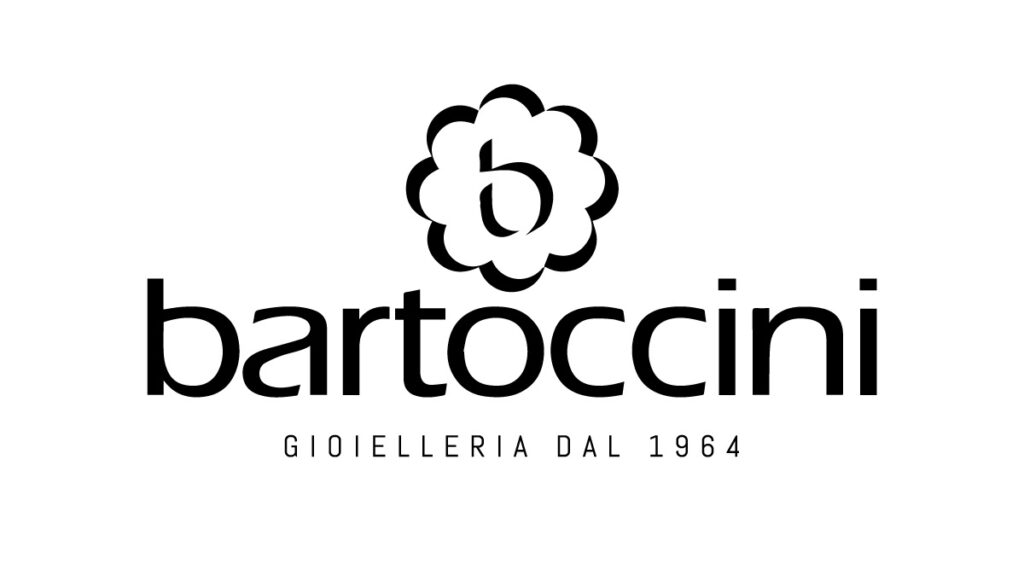Abbazia di San Pietro – Perugia
Durante tutto il Medioevo, San Pietro rappresenta una delle istituzioni monastiche più importanti dello Stato della Chiesa, ed ospita diversi Papi e alcuni dei più alti prelati della Curia romana. Rappresenta inoltre un grande centro di produzione artistica: dall’inizio del Cinquecento, la basilica e le fabbriche monastiche sono ampliate e arricchite delle opere dei più prestigiosi artisti del tempo, come Benedetto Bonfigli, il Perugino, il Sassoferrato ed altri. Nel Seicento e nel Settecento, San Pietro diventa anche uno dei principali centri di attività e produzione culturale di Perugia.
L’abbazia viene soppressa per ben due volte dai soldati napoleonici nel 1799 e nel 1810, con la spoliazione di importanti opere d’arte, ma senza l’espulsione dei monaci; lo Stato italiano negli anni Sessanta dell’Ottocento, grazie all’aiuto offerto dai monaci agli insorti perugini, decide allo stesso modo di non sopprimere il monastero, che resta tuttora attivo ed abitato dai monaci benedettini.
Il complesso di San Pietro è il risultato di numerose modifiche e ampliamenti operati nel corso dei secoli; l’accesso avviene attualmente attraverso un portale monumentale che immette in uno dei tre chiostri, quello seicentesco realizzato su progetto dell’architetto Valentino Martelli. Sulla sinistra del chiostro si affaccia l’ingresso della chiesa: a pianta basilicale a tre navate, riprende il modello della basilica vaticana e ospita la più grande collezione di opere d’arte di Perugia, dopo la Galleria Nazionale dell’Umbria; la Basilica è inoltre riccamente affrescata.











